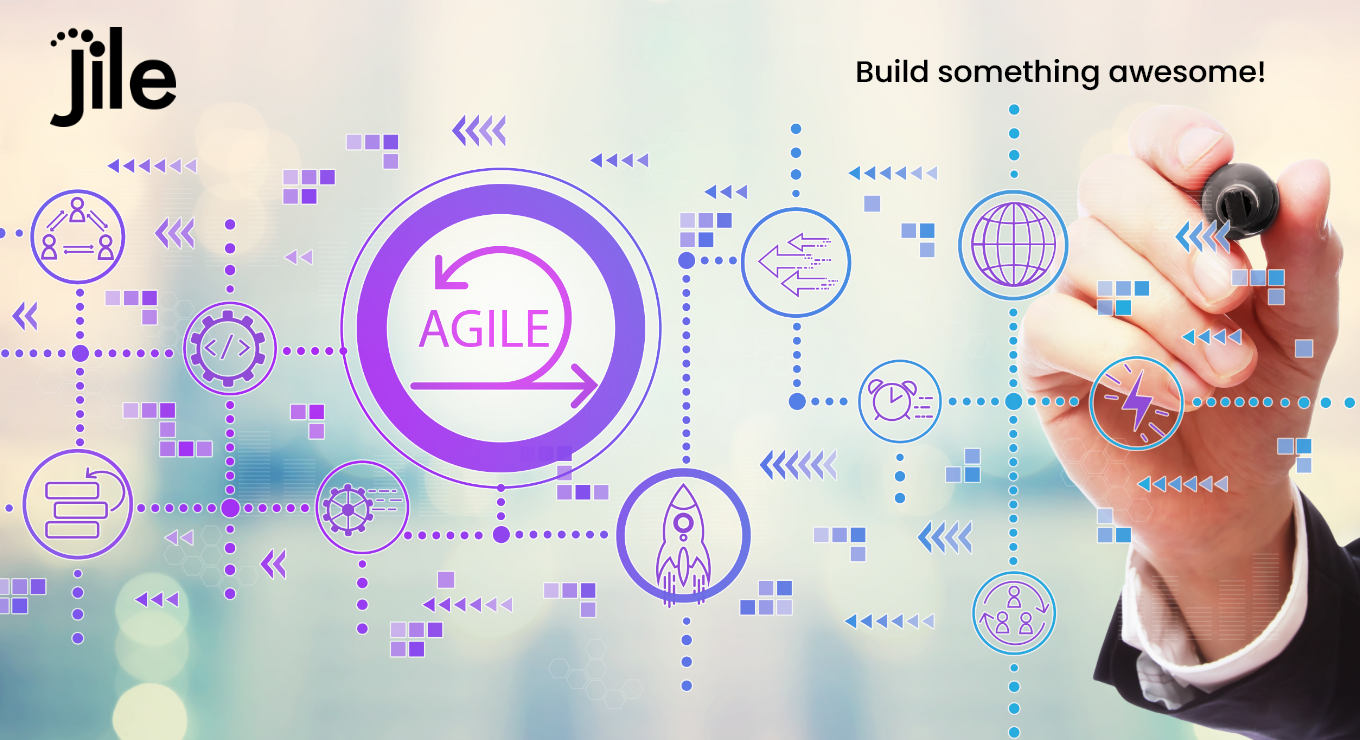Agile Ceremonies: Your Ultimate Guide to the Five Stages

Creating a culture of agility in your company can be an uphill battle. It is not easy for companies to change the way they do things, especially when it comes to their processes and ceremonies. But this does not have to be the case. In fact, there are five stages that you need to go through in order to create a culture of agility within your company.
The Agile methodology is a collaborative and iterative approach to project management, which works well for projects that need more flexibility than the conventional Waterfall method. But what are agile ceremonies?
This article discusses the five stages of agile ceremonies to offer you an in-depth understanding of what each ceremony and stage entails. If you are new to the concept of agile development or just need a refresher on these ceremonies, then this is the perfect guide for you.
What are Agile Ceremonies?
An agile ceremony is a formal event that occurs during an agile project. These ceremonies in agile aim to help assist enterprises in keeping the team on track and ensuring that everyone is aware of the progress that has been made thus far.
These ceremonies can last anywhere from 15 minutes to one hour, depending on your company's needs and how much time you have available for each ceremony throughout the week. Moreover, the ceremonies can be tailored to fit your specific project and team.
Stages of Agile Ceremonies
There are five stages of agile ceremonies:
Backlog Grooming
The first stage is known as backlog grooming. This ceremony is a one-on-one meeting between the product owner and the team members. The purpose of this meeting is to create user stories, discuss what needs to be accomplished for that specific sprint (or time frame) and address any issues or concerns that might arise along the way.
This process usually begins with each team member describing which tasks they feel most comfortable taking on during that particular sprint period. This facilitates breaking down the tasks into multiple chunks, often known as user stories to help streamline the project execution.
User stories provide details about how each user is interacting with a product and why those interactions take place:
'As in our system I want to see the total amount of money I've saved so far, so that I can better plan my budget.'
This user story is written in the 'I want' style, and it's specific to one person – the in-system user. It also states what the user wants to see (for instance, the total amount of money they have saved) as well as why they want to see it. These insights can pave the way for better planning, and execution.
The product owner will then take these user stories and put them into a prioritized backlog. This document will be used later on in the project when the team is ready to begin its sprints.
Backlog grooming usually lasts around an hour, but it can vary depending on how many tasks need to be completed.
Sprint Planning
The Sprint Planning ceremony is held at the beginning of each sprint with the aim to determine what tasks will be completed during the upcoming sprint. The goal of this meeting is to create a "sprint backlog" - which is essentially a list of tasks that can be completed within the agreed upon timeframe. Usually, a sprint is considered two to four weeks long.
The first step of this meeting is to review the user stories that were created during backlog grooming. The product owner has the flexibility to decide which user stories should be included in the sprint. Based on this, team members can estimate how much time it will take them to complete each task.
Once the tasks have been prioritized, the team will begin working on them. This process usually takes around two hours, but it can vary depending on your company's needs.
The Daily Scrum
This ceremony is held every day, and it allows team members to update their teammates on their progress. The daily scrum should last no more than minutes, and it's essential for ensuring that everyone is on track and aware of what still needs to be done.
The goal of the daily scrum is to answer three questions:
- What did you do yesterday?
- What are you working on today?
- Do you have any roadblocks or challenges?
If someone can't answer one of these questions, then they need to ask for help from their teammates. This meeting helps to prevent anyone from becoming "lost" and keeps everyone updated on the progress that's been made.
Sprint Review
This ceremony occurs at the end of every sprint, and it allows team members to demonstrate what they've accomplished over the past few weeks. The product owner will also update stakeholders (such as managers or clients) on the progress that's been made toward completing the project.
The preliminary goal of this meeting is to gain feedback from concerned stakeholders on what they liked, what they didn't like, and how you can improve the processes, and deliverables moving forward. These reviews are also a good time for new team members to meet each other or existing team members who have just joined your company (if applicable). This process usually lasts an hour or two, however, the duration can be dynamic based on the size of your workforce and how many people need to be involved in these meetings.
This ceremony will help make future sprints better because you'll know which user stories were most effective.
Sprint Retrospective
This ceremony discusses what went well during their most recent sprints as well as points out areas that can be improved. This process is known as "retrospectives" because you're looking back on your previous work with an aim toward improving yourself or your company in the future.
The goals of this meeting are to highlight problems that occurred during the last two weeks (like something taking too long), identify solutions (like how you could've done things differently), and implement those new strategies moving forward (by delegating certain tasks).
Summary
Agile ceremonies are a great way to ensure that your team is working efficiently and effectively. Thus, it is important to include these ceremonies in agile product development to ensure success. By following this guide, you'll be able to complete each stage of the ceremony in no time.
Thanks for subscribing to our latest blogs, thought leadership and other product updates!
Read our Privacy Notice to know more. You can opt-out of all communications anytime.
